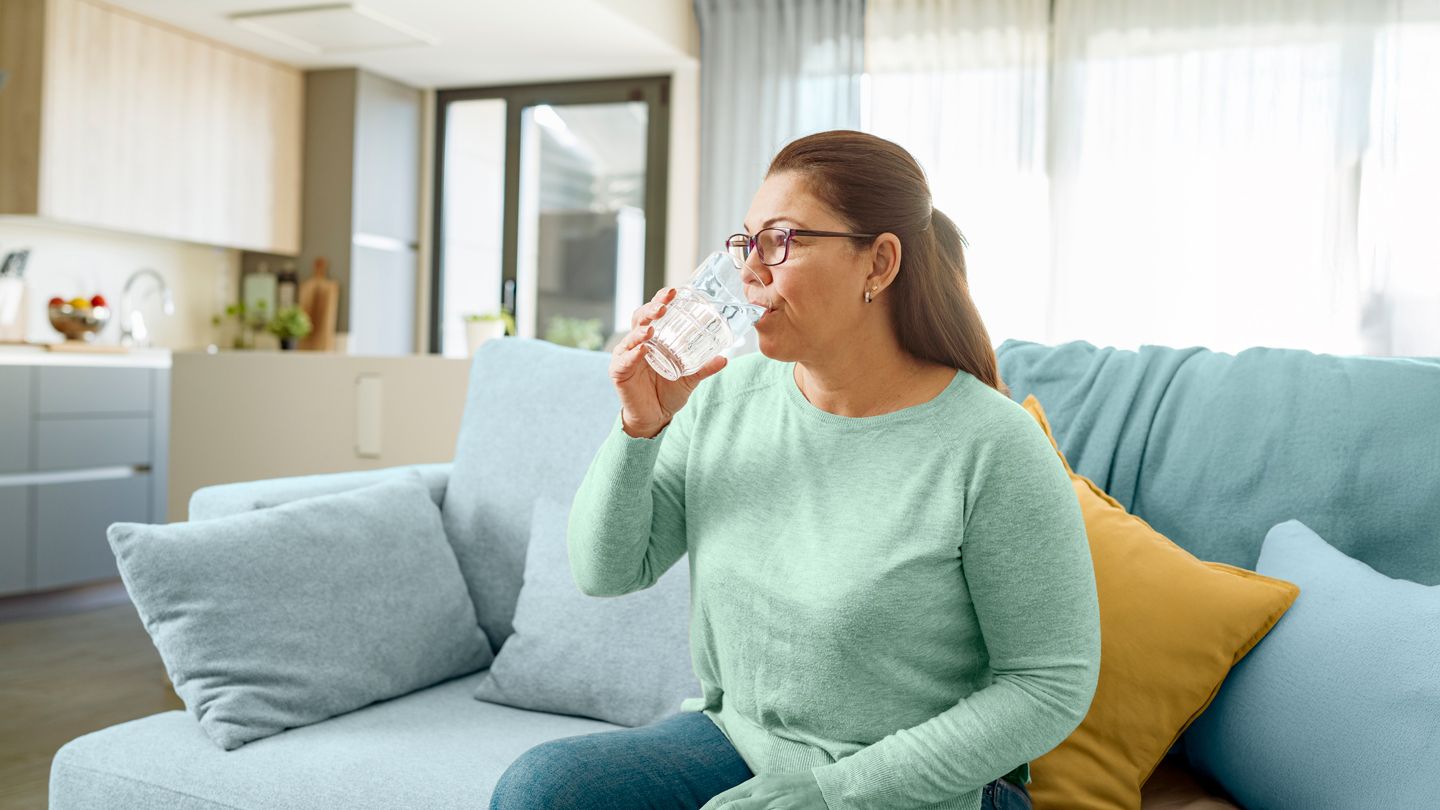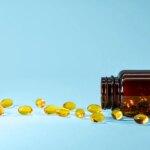“The majority of people will experience some degree of gastrointestinal issues with a GLP-1, especially as we start the medication and increase the dose,” says Shiara Ortiz-Pujols, MD, director of obesity medicine at Northwell Health’s Staten Island University Hospital in New York.
Many of the side effects listed below can happen to anyone, but some people — such as those with underlying gastric motility disorders or gastroparesis — can be more at risk for them than others, says Kristin Criner, MD, an endocrinologist and associate professor of clinical medicine at the Lewis Katz School of Medicine at Temple University in Philadelphia.
You may experience some of these most common side effects.
Nausea and Vomiting
As many as 50 percent of people on a GLP-1 will have some nausea after starting the medication. This is especially true in the first 4 to 5 weeks, when gastric emptying (the rate that food moves through the stomach) slows.
Nausea typically occurs within 24 to 48 hours of receiving the injection, says Dr. Ortiz-Pujols. Usually, it’s mild, but severe nausea and vomiting can lead to dehydration or — rarely — acute kidney injury or gastrointestinal obstruction, says Dr. Criner.
You may also notice that certain foods are more likely to trigger nausea than others. Some common offenders include greasy, high-fat, processed, and spicy foods, as well as alcohol and carbonated beverages, says Ortiz-Pujols. If that’s the case, you may want to limit them in your diet. A nutritionist can help you determine which foods to avoid.
Constipation and Diarrhea
Both slowness in the gut and an urgent need to go are common side effects, says Ortiz-Pujols. “Initially, you might feel that your bowel movements are slowing down in frequency. And as we go up in dose, that often becomes more pronounced,” she says.
Once it worsens, it can become so uncomfortable that some people feel the need to go to the emergency room. If constipation is a constant problem, talk to your doctor about whether you should take a stool softener.
Sometimes, constipation can also shift to urgent diarrhea, says Ortiz-Pujols. If you get diarrhea, try limiting your intake of greasy and more processed foods, she says. You should also make sure you’re drinking plenty of fluids, which can help ward off both diarrhea and constipation.
Dehydration
Dehydration can be caused by diarrhea or nausea and vomiting, but you could also become dehydrated simply because you don’t feel like you need to drink as much as usual. “These medications reduce appetite not only for food, but some people experience a lower appetite for hydration as well,” says Ortiz-Pujols.
To make sure you’re staying hydrated, try drinking water with lemon or sipping on soups such as chicken broth.
Facial Aging
Stemming, in part, from a rapid loss of fat in the face, some people on a GLP-1 say their facial anatomy looks different, says Criner. Think: hollowed cheeks and temples, sagging skin along the jawline and neck, sunken or dark under-eye circles, and worsened wrinkles.
To sidestep this side effect, Criner recommends aiming for more gradual weight loss, eating a protein-rich diet, and staying hydrated. If you still need help minimizing these facial effects, “Cosmetic procedures like facial fillers, skin-tightening treatments, or surgical interventions can restore facial volume and manage excess skin,” she says.
Fatigue and Weakness
These feelings are common the first day or two after an injection, but some medications are bigger culprits than others, says Ortiz-Pujols. If you’re noticing debilitating fatigue or weakness, talk to your doctor about switching to a new medication, which may help relieve these side effects.
Hypoglycemia
Some people with type 2 diabetes can also develop low blood sugar (typically defined as below 55 milligrams per deciliter or 3.1 millimoles per liter) while taking a GLP-1, especially if they’re also on other medications, such as insulin, that can lower blood sugar levels.
If you’re having frequent drops in blood sugar levels, talk to your doctor, who may recommend lowering the medication dosage. If you do feel hypoglycemic, eat foods with simple sugars, such as a banana, or drink a half cup of apple juice.
Teeth Problems
Because you’re likely eating — and possibly also drinking — less while on a GLP-1, your mouth produces less saliva than usual, says Oritz-Pujols. The resulting dry environment can lead to cavities and gum disease.
Along with drinking enough water, ask your doctor if you should chew sugar-free gum or use a mouthwash designed for dry mouth.
Read the full article here



